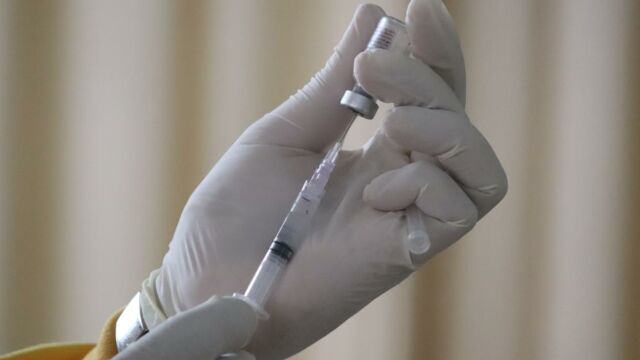Booster jab: These are the 7 most common symptoms

As the UK prepares to start jabbing people a third time in the fight against COVID-19, here are the seven most commonly reported side effects of the booster shot.
As the UK starts to rollout the much anticipated third vaccine, or booster shots, to amplify protection against the coronavirus, the seven most common symptoms have been revealed.
Discover our latest podcast
The seven most commons symptoms revealed
US researchers gathered what was reported as being the most common side effects following administration of the third vaccine. Much like symptoms reported after the first two shots, the undesired effects of the booster vaccine are very similar.
More under this adMore under this ad79% of patients who participated in the study reported that pain, redness or swelling, at the sight of injection, were the three most common symptoms. Following this, 74% said they suffered from fever, headaches, chills or joint pain.
Researchers found that people who got a third Moderna vaccine experienced more pain in their arm following the injection than after the second dose.
More under this adMore under this adBooster shots in the UK
As it stands currently in the UK, only specific groups of people have been called in to receive their booster jab. This includes, people who have received their second dose at least six months ago, people who work in healthcare, those who are over the age of 50 and the immunocompromised.
All three major vaccine brands—AstraZeneca, Pfizer and Moderna— have been approved as safe and effective as COVID boosters. The Joint Committee on Vaccination and Immunisation (JCVI), however, has recommended to prioritise the use of Pfizer after studies showed it was both well tolerated and effective as a booster shot.
More under this ad